Rainforests are nature’s living treasures, housing approximately 50% of the world’s plant and animal species despite covering less than 7% of Earth’s land surface. Among these vibrant ecosystems, frogs and birds represent some of the most colorful, diverse, and ecologically significant inhabitants. From the tiny poison dart frogs with their warning colors to the majestic toucans with their oversized bills, these creatures have adapted to the unique conditions of their rainforest homes in remarkable ways. This article explores 12 magnificent rainforests around the world where nature enthusiasts and wildlife photographers can witness extraordinary frog and bird species in their natural habitats. Each destination offers its own distinctive array of species, conservation challenges, and breathtaking biodiversity that makes it worth exploring.
11. Amazon Rainforest, South America

The Amazon Rainforest spans nine countries and contains the planet’s highest concentration of biodiversity, making it an unparalleled destination for observing exotic frogs and birds. This vast ecosystem houses over 1,300 bird species, including the iconic Harpy Eagle, the world’s most powerful raptor capable of lifting prey equal to its own weight. The Hoatzin, locally called the “stinkbird,” represents one of the Amazon’s evolutionary mysteries with its unique digestive system and clawed wings in juveniles. Among the Amazon’s amphibians, the glass frogs with their transparent skin revealing internal organs offer a fascinating sight, while the region’s poison dart frogs display a warning spectrum of vibrant colors signaling their toxicity. The Amazon is also home to approximately 30 parrot species, including the endangered Hyacinth Macaw—the world’s largest flying parrot with its striking cobalt blue plumage. Despite covering only about 5% of Earth’s land surface, this rainforest houses roughly 10% of known species, with scientists regularly discovering new species, particularly in remote regions of Peru, Ecuador, and Colombia.
10. Congo Basin Rainforest, Central Africa

As Africa’s largest tropical rainforest, the Congo Basin provides habitat for numerous unique frog and bird species found nowhere else on Earth. This ancient forest harbors approximately 1,000 bird species, including the remarkable Congo Peafowl, discovered only in 1936 and endemic to the Democratic Republic of Congo. Birders prize sightings of the African Grey Parrot, renowned for its exceptional intelligence and vocal abilities, which naturally inhabits these forests before many are tragically captured for the pet trade. Among the Congo’s amphibian treasures are the Goliath Frog—the world’s largest frog species reaching sizes up to 13 inches (33 cm) and weighing over 7 pounds (3.2 kg). The forest’s canopy echoes with the calls of hornbills, including the distinctive Black-casqued Wattled Hornbill with its unusual helmet-like casque. The Congo Basin has remained relatively unexplored compared to other major rainforests, with scientific expeditions regularly documenting new species, particularly in areas like Salonga National Park and the Ituri Forest. Conservation efforts face significant challenges from logging, mining, and bushmeat hunting, threatening these unique species and their habitats.
9. Daintree Rainforest, Australia
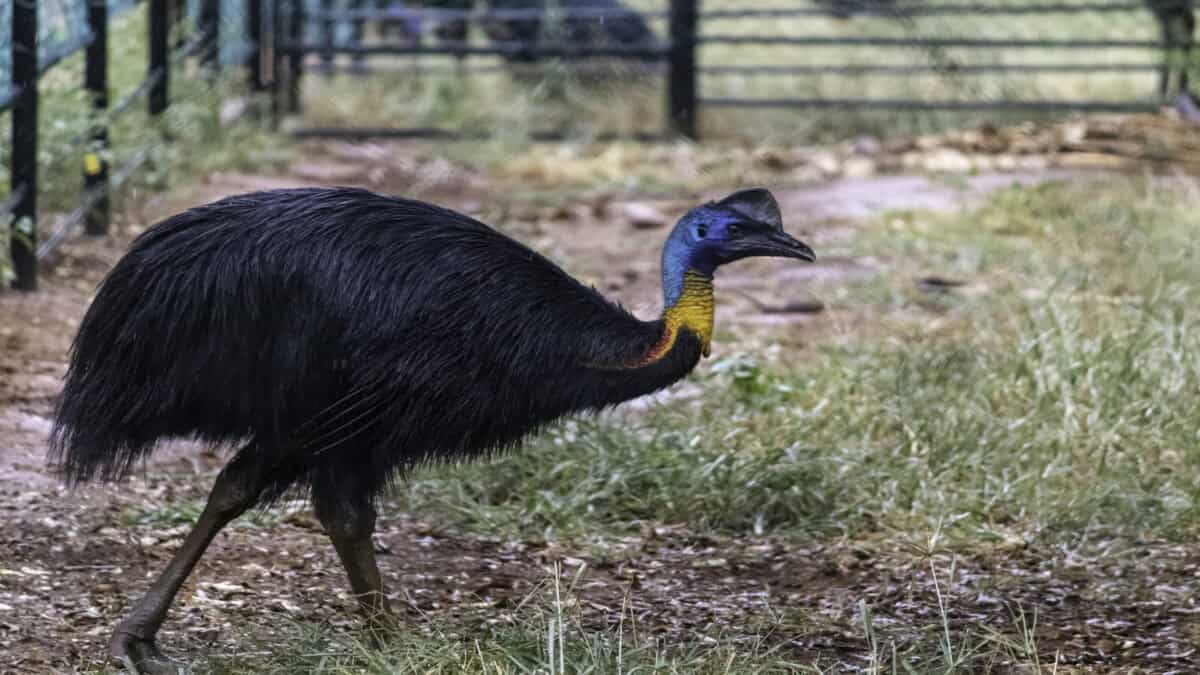
The Daintree Rainforest in Queensland, Australia, holds the distinction of being the world’s oldest tropical rainforest at approximately 180 million years old—even older than the Amazon. This ancient ecosystem harbors over 430 bird species, including the Southern Cassowary, a flightless bird standing up to 6.5 feet tall with a distinctive blue neck and red wattles. The endangered Buff-breasted Paradise Kingfisher makes an annual migration from New Guinea to breed exclusively in the Daintree between November and March. Among the Daintree’s amphibian residents, the Australian White-lipped Treefrog impresses as Australia’s largest treefrog, while the tiny Ornate Nursery Frog, measuring less than 2 cm, protects its eggs in moist leaf litter rather than in water. The rainforest’s unique location where reef meets rainforest—with the Great Barrier Reef just offshore—creates an ecological connectivity found nowhere else on Earth. Despite receiving protected status as a UNESCO World Heritage Site in 1988, the Daintree faces threats from climate change, with rising temperatures affecting breeding cycles of temperature-sensitive frogs like the Common Mist Frog, which has declined significantly in recent decades.
8. Atlantic Forest, Brazil
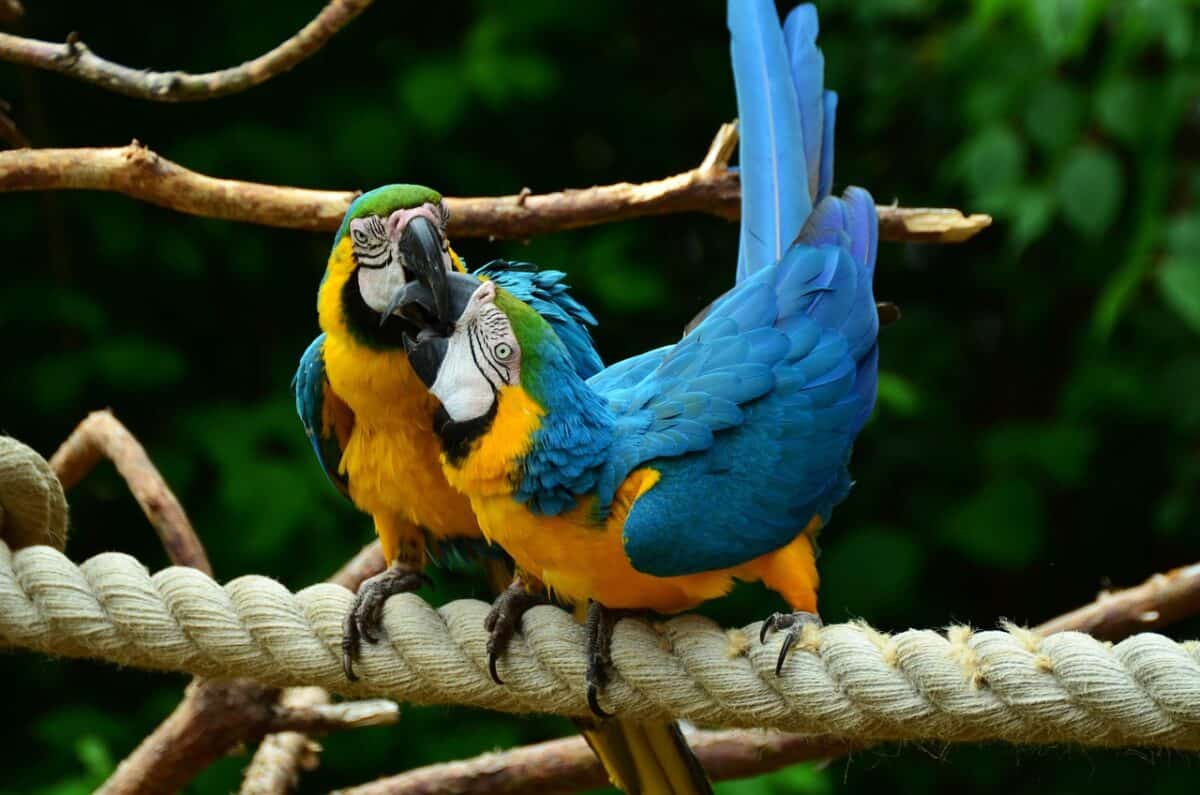
The Atlantic Forest (Mata Atlântica) of Brazil may have lost over 85% of its original coverage, but the remaining fragments contain extraordinary biodiversity with exceptional levels of endemism. This fragmented ecosystem hosts approximately 850 bird species, with around 180 found nowhere else on Earth, including the critically endangered Red-billed Curassow and Brazilian Merganser—one of the world’s rarest ducks with fewer than 250 individuals remaining. The forest’s amphibian diversity is equally impressive, housing over 500 species with new discoveries regularly documented. The Golden Lion Tamarin Frog, named for its vibrant orange coloration resembling Brazil’s famous monkey, was only scientifically described in 2015. The striking Blue-bellied Parrot represents another Atlantic Forest endemic, its population threatened by habitat loss and the illegal pet trade. Conservation initiatives like wildlife corridors connecting forest fragments have shown promise in supporting species recovery, with organizations like the Golden Lion Tamarin Association purchasing and reforesting critical habitat areas. Despite its reduced size, the Atlantic Forest remains one of the world’s five most important biodiversity hotspots, with scientists estimating that only about 7% of its original primary forest remains intact.
7. Monteverde Cloud Forest, Costa Rica

The Monteverde Cloud Forest Reserve sits at elevations between 4,600 and 5,900 feet (1,400-1,800 meters), creating a perpetually misty environment where more than 100 mammal species, 400 bird species, and 120 amphibian and reptile species thrive. This Costa Rican treasure provides essential habitat for the resplendent quetzal—considered among the world’s most beautiful birds with its iridescent green plumage and extraordinarily long tail feathers that can exceed 3 feet (1 meter). The reserve’s constantly humid environment supports exceptional amphibian diversity, including the iconic Red-eyed Tree Frog, whose vibrant coloration has made it a symbol of rainforest conservation worldwide. Among its most scientifically significant inhabitants is the Golden Toad, which tragically became extinct in the late 1980s, serving as one of the first documented amphibian extinctions linked to climate change. The forest’s epiphyte-laden trees support specialized birds like the Three-wattled Bellbird, known for its distinctive “bonk” call that can be heard over a kilometer away. Monteverde’s protected status came about through an unusual collaboration between local Quaker communities and international conservation organizations in the 1970s, establishing one of Costa Rica’s most successful ecotourism models. The reserve now serves as a living laboratory for cloud forest ecology, with researchers monitoring how climate change affects species adapted to its narrow temperature and humidity ranges.
6. Borneo Rainforest, Southeast Asia
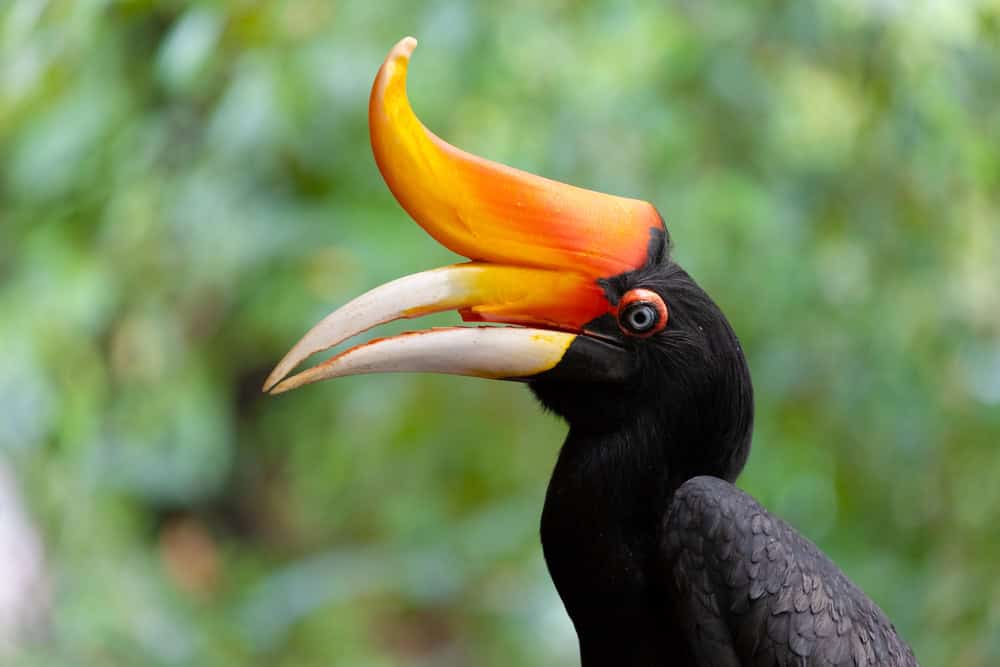
The island of Borneo, shared by Malaysia, Indonesia, and Brunei, contains some of Earth’s oldest rainforests, dating back at least 130 million years and supporting extraordinary diversity including approximately 670 bird species and over 150 frog species. The island’s most famous avian resident might be the Rhinoceros Hornbill, featuring a massive casque (horn) atop its bill that amplifies its calls and serves as a visual signal of maturity and health to potential mates. Borneo’s unique evolutionary history has produced remarkable endemic species like the Bornean Flat-headed Frog—the world’s only known lungless frog that absorbs oxygen entirely through its skin. The island’s lowland forests house the endangered Blue-banded Pitta, a ground-dwelling bird with striking blue, black and red plumage that remains extremely difficult to spot despite its vivid coloration. Among Borneo’s most recently discovered species is Wallace’s Flying Frog, named after naturalist Alfred Russel Wallace, which can glide up to 50 feet (15 meters) using the extensive webbing between its toes. Unfortunately, Borneo has lost approximately 30% of its forest cover since 1973, primarily due to palm oil plantation expansion, with the orangutan receiving most conservation attention while many bird and amphibian species decline without similar public awareness. Protected areas like Danum Valley Conservation Area and Kinabalu National Park serve as crucial refuges for the island’s extraordinary biodiversity.
5. Western Ghats, India
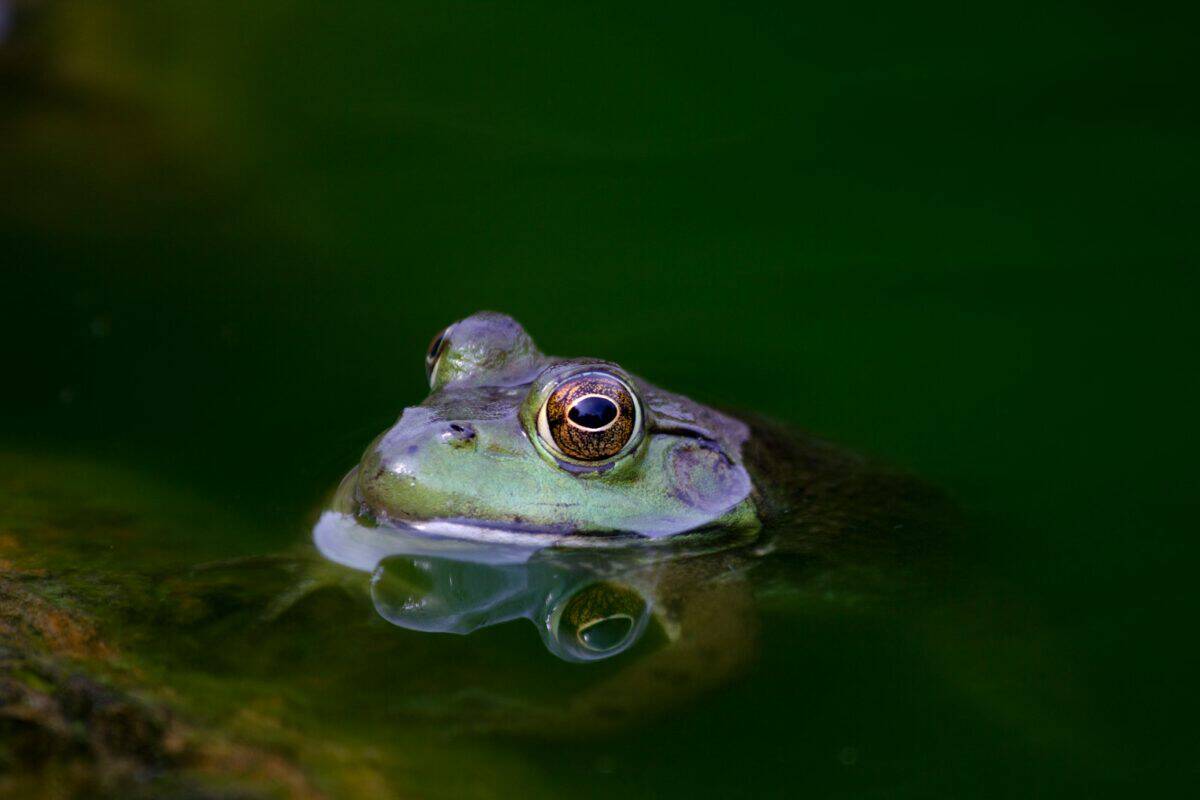
The Western Ghats mountain range, running parallel to India’s western coast, represents one of the world’s eight “hottest hotspots” of biological diversity, particularly notable for its exceptional amphibian endemism where over 80% of frog species occur nowhere else on Earth. This ancient landscape houses approximately 500 bird species, including the critically endangered Jerdon’s Courser, rediscovered in 1986 after being presumed extinct for nearly 100 years. The region’s most iconic amphibian might be the Purple Frog (Nasikabatrachus sahyadrensis), discovered only in 2003 but genetically distinct enough to constitute its own family, having evolved independently for at least 130 million years. This peculiar species spends most of its life underground, emerging for just two weeks annually during monsoon season to breed. The Malabar Grey Hornbill represents another Western Ghats endemic, dependent on the region’s mature forests with large trees for nesting cavities. Among the region’s most visually striking residents is the Malabar Gliding Frog, which can make controlled glides of up to 30 feet (9 meters) using the extensive webbing between its toes. Conservation challenges include fragmentation from roads, hydroelectric projects, and expanding agriculture, with approximately 30% of the original forest cover remaining. The Anamalai Hills and Silent Valley National Park represent particularly important protected areas for bird and amphibian conservation within this ecosystem.
4. Yasuni National Park, Ecuador
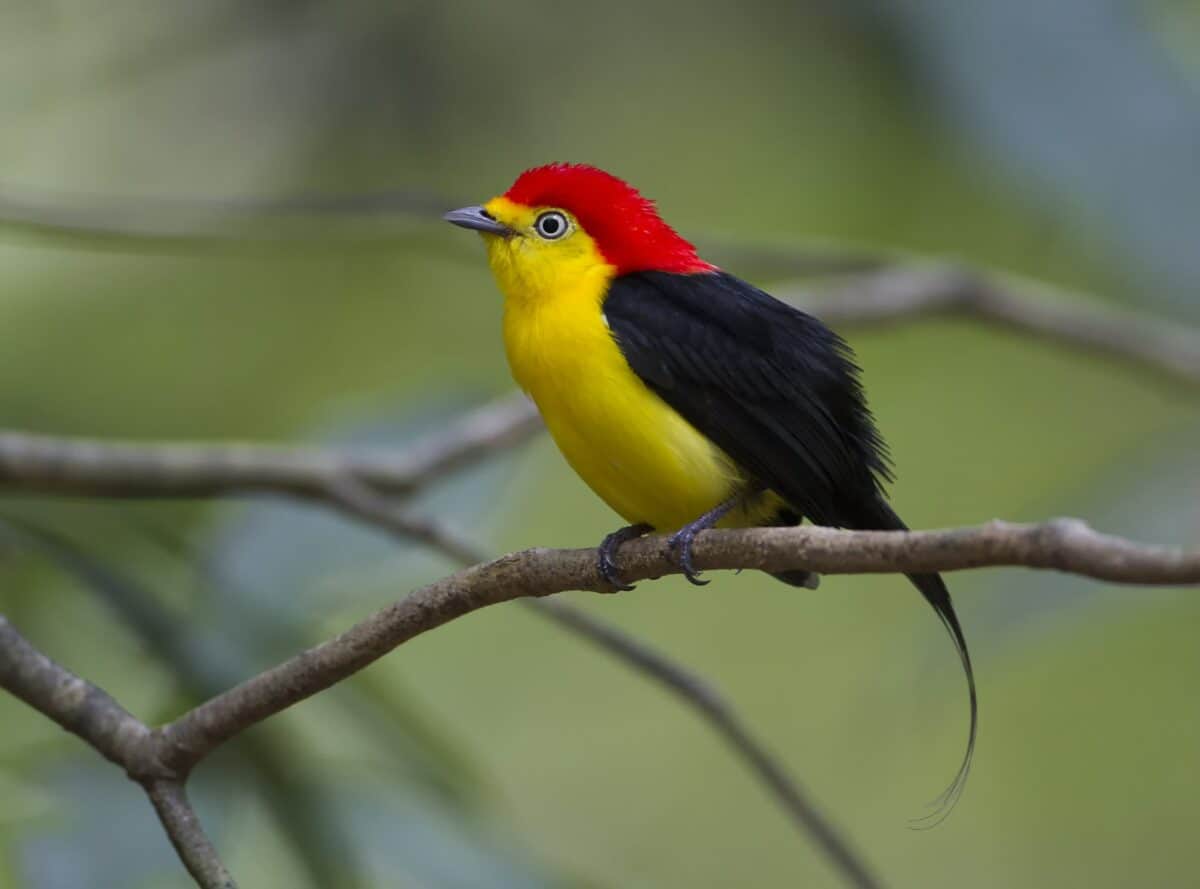
Yasuni National Park, situated at the intersection of the Amazon, Andes Mountains, and the equator, represents possibly Earth’s most biodiverse location, with scientific studies documenting extraordinary species concentration within small study plots. This Ecuadorian treasure harbors approximately 610 bird species—more than found in all of North America—including specialized antbirds that follow swarms of army ants to catch insects flushed by the ants’ movement. The park provides habitat for the Harpy Eagle, Wire-tailed Manakin with its distinctive modified wing feathers, and the bizarre Hoatzin, whose chicks possess claws on their wings for climbing trees. Among Yasuni’s 150+ amphibian species, the Yasuni Giant Glass Frog stands out with its translucent skin revealing internal organs, including a beating heart visible through its chest. The park’s Tiputini Biodiversity Station has documented over 120 frog species within just a 4-square-mile (10 km²) research area—more than all frog species found in the United States and Canada combined. Despite its ecological importance, Yasuni faces serious threats from oil development, with the Ecuadorian government opening sections of the park for petroleum extraction after an innovative plan to leave oil reserves untapped in exchange for international funding failed to secure adequate support. Indigenous communities including the Waorani and uncontacted groups like the Taromenane continue fighting to protect these forests from industrial development.
3. Sinharaja Forest Reserve, Sri Lanka

Sinharaja Forest Reserve, Sri Lanka’s last viable area of primary tropical rainforest, packs remarkable biodiversity into its relatively small 34-square-mile (88 km²) area, with over 95% of the country’s endemic bird species found within its boundaries. This UNESCO World Heritage Site provides critical habitat for all 33 of Sri Lanka’s endemic bird species, including the elusive Sri Lanka Blue Magpie and the endangered Sri Lanka Wood Pigeon. Birdwatchers particularly value sightings of mixed-species feeding flocks, where over 40 bird species may forage together—among the largest mixed flocks documented anywhere in the world. Sinharaja’s amphibian diversity proves equally impressive, with several species discovered only in the past decade, including the remarkable Leaf-nosed Lizard and the critically endangered Kandyan Shrub Frog. The reserve’s humid environment supports specialized breeding strategies, like the Sri Lankan Bush Frog that develops directly from eggs into froglets, skipping the tadpole stage entirely. This adaptation allows reproduction away from permanent water bodies. Historical logging threatened Sinharaja until the late 1970s when conservation efforts secured its protected status, though it still faces pressure from illegal gem mining and encroachment. The reserve’s small size makes it particularly vulnerable to edge effects and climate change, with researchers monitoring how rising temperatures impact moisture-dependent species. Local communities now increasingly participate in conservation through ecotourism initiatives providing sustainable economic alternatives to forest exploitation.
2. Khao Sok National Park, Thailand
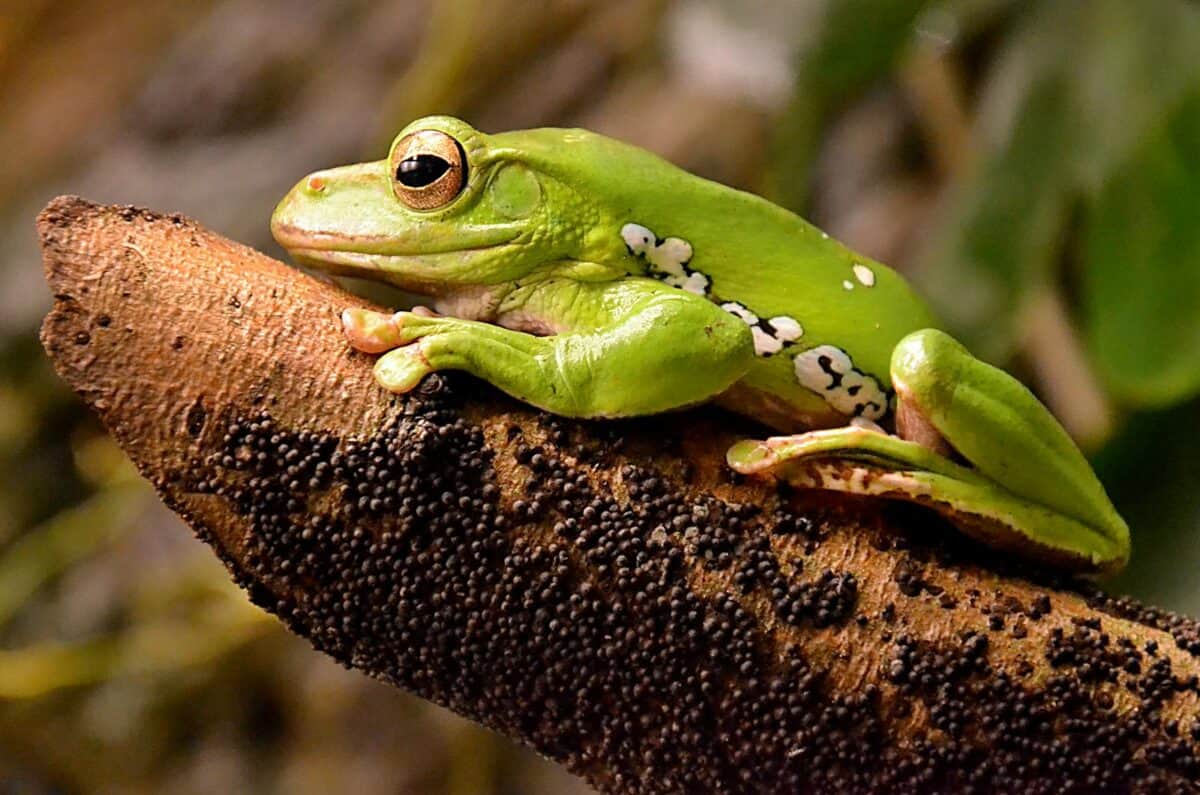
Khao Sok National Park in southern Thailand features rainforest estimated to be over 160 million years old—older than the Amazon—with limestone karst formations creating diverse microhabitats supporting specialized bird and amphibian communities. This ancient ecosystem houses approximately 350 bird species, including five species of hornbills whose distinctive calls echo through the forest canopy. The endangered Great Argus Pheasant, known for the male’s elaborate courtship display where it spreads its elongated wing feathers into a spectacular 6-foot (1.8 meter) fan, represents one of the park’s most sought-after sightings. Among Khao Sok’s amphibians, Wallace’s Flying Frog impresses visitors with its ability to glide between trees using the extensive webbing between its toes, while the Crab-eating Frog demonstrates unique adaptations for consuming crustaceans around the park’s Cheow Lan Lake. The artificial lake, created by the Ratchaprapha Dam in 1982, has ironically enhanced wildlife viewing opportunities as animals concentrate along its shores and islands. The park’s limestone caves provide specialized habitat for the rare Kitti’s Hog-nosed Bat, often called the “bumblebee bat”—the world’s smallest mammal weighing less than 0.07 ounces (2 grams). Despite protected status, Khao Sok faces challenges from expanding tourism infrastructure and adjacent palm oil plantations, though community-based tourism initiatives have successfully engaged local residents in conservation efforts. The park’s accessibility from popular tourist destinations like Phuket has made it Thailand’s premier rainforest ecotourism destination.
1. Manu National Park, Peru

Manu National Park in southeastern Peru encompasses an extraordinary elevational gradient from Andean highlands at 13,000 feet (4,000 meters) down to Amazonian lowlands at 1,000 feet (300 meters), creating diverse habitats supporting over 1,000 bird species—approximately 10% of all bird species worldwide. This biodiversity marvel provides refuge for the Andean Cock-of-the-rock, Peru’s national bird, known for males’ spectacular courtship displays at traditional lekking sites where dozens gather to compete for female attention. The park’s clay licks attract hundreds of macaws and parrots daily, creating one of South America’s most dramatic wildlife spectacles as the birds ingest clay to neutralize toxins from their fruit and seed diet. Among Manu’s 200+ amphibian species, the Glass Frogs display completely transparent undersides revealing their internal organs, while the bizarre Paradoxical Frog transforms from giant tadpoles up to 10 inches (25 cm) long into adult frogs only a quarter that size. The park’s Cocha Salvador oxbow lake supports specialized bird communities including the prehistoric-looking Hoatzin and the elusive Agami Heron with its iridescent plumage. Manu’s biodiversity remains largely intact due to its remote location and protected status since 1973, with much of the park accessible only by boat or small aircraft. Scientific research stations like Cocha Cashu Biological Station have contributed thousands of studies on rainforest ecology, while strictly protected zones remain off-limits to all but indigenous communities who have inhabited these forests for centuries.
Conclusion:

Rainforests are among the most biologically rich and visually stunning ecosystems on Earth, and few creatures embody their wonder more than frogs and birds. From the haunting calls of hornbills echoing through Borneo’s ancient trees to the iridescent flash of a quetzal’s tail in the misty cloud forests of Monteverde, these animals offer unforgettable encounters for those fortunate enough to witness them in the wild. Each of the 12 rainforests highlighted in this article serves not only as a haven for rare and colorful species but also as a crucial frontline in the fight to preserve global biodiversity. These forests—some over 100 million years old—face mounting threats from habitat loss, climate change, and exploitation. Yet they also represent hope. Ecotourism, local conservation initiatives, and international awareness are helping to protect these living treasures and the countless species they support. For travelers, photographers, and nature enthusiasts, visiting these rainforests provides more than just a glimpse into the wild—it offers a deeper connection to the intricate web of life we all share. Whether it’s a transparent frog clinging to a leaf in Ecuador or a cassowary striding through ancient Australian foliage, these extraordinary animals remind us of what’s at stake—and why it’s worth saving.
- 10 Common Chicken Behaviors and What They Mean - August 9, 2025
- 14 Creatures That Can Freeze and Thaw Back to Life - August 9, 2025
- 10 Animals That Risked Their Lives to Save Humans - August 9, 2025

